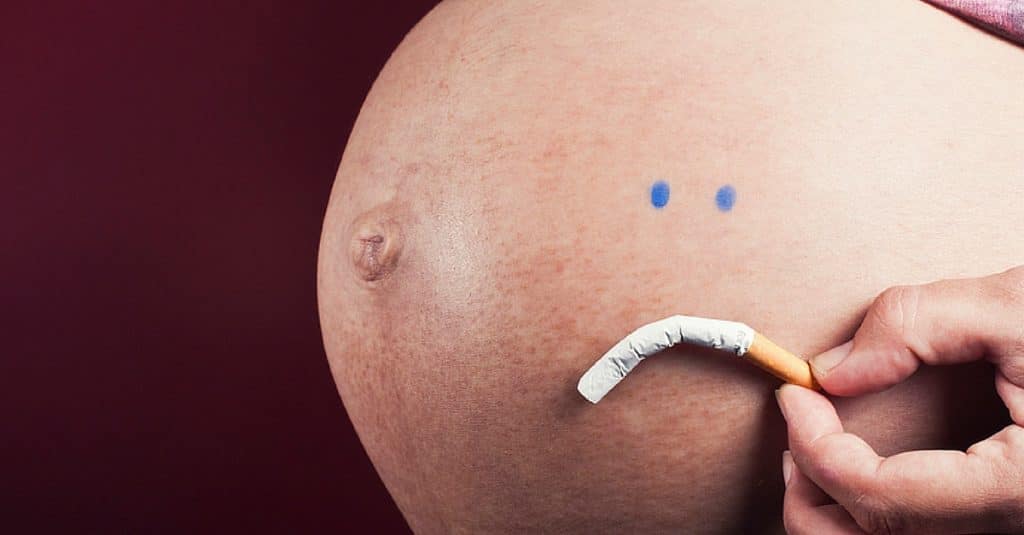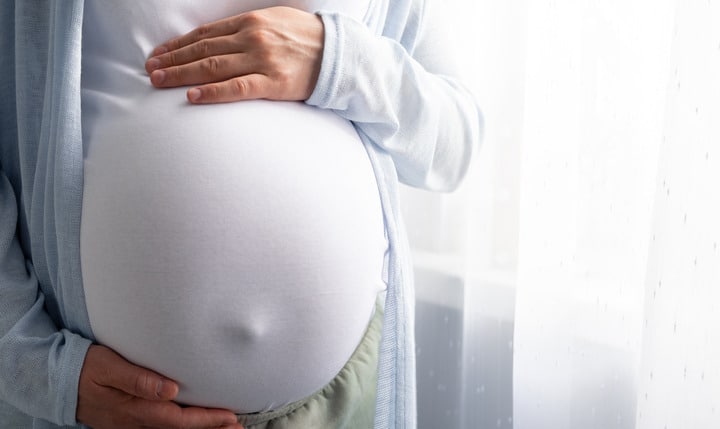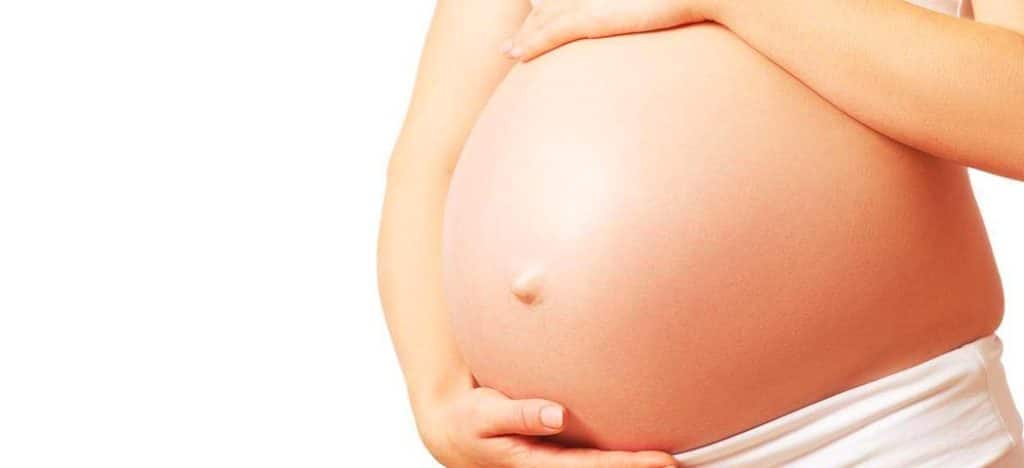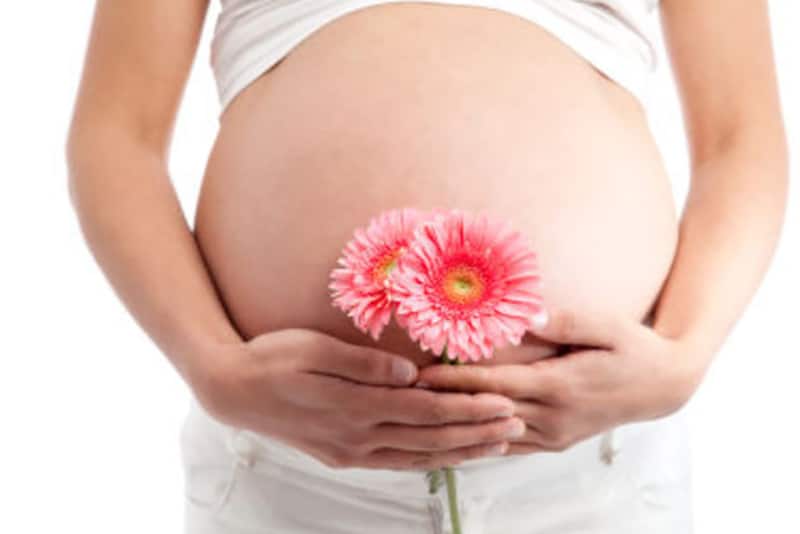In a new study, researchers at Oregon Health & Science University report that the combined use of cannabis and nicotine during pregnancy is associated with a significantly higher risk of health problems for newborns than use of either substance alone.
Adverse effects of cannabis and nicotine use during pregnancy
The study, published on JAMA Network Openfound that babies born to mothers who had used both substances during pregnancy were at greater risk of being small for gestational size, experiencing a preterm birth, or even dying.
Since about half of people who use cannabis during pregnancy also use tobacco or nicotine products, the findings suggest the need for more effective clinical counseling early on, during the preconceptional and prenatal period, he said. The study’s corresponding author, Jamie Lo, MD, MCR, associate professor of obstetrics and gynecology (maternal-fetal medicine) at the OHSU School of Medicine and Division of Reproductive and Developmental Sciences at the Oregon National Primate Research Center of OHSU.
“With the increasing legalization of cannabis across the country, there is often a perception that cannabis is safe during pregnancy,” Lo said. “Because we know that many people who use cannabis often use tobacco or nicotine products, we wanted to better understand the potential health implications for both the pregnant person and the baby.
“There is still a lot of stigma around substance use during pregnancy,” she continued. “With limited research to support official clinical recommendations, it can be a difficult topic to address for both patients and providers. Our hope is that this research supports more open and productive conversations that ultimately result in a healthier pregnancy.”

Researchers evaluated hospital discharge data and vital statistics from more than 3 million pregnant patients with documented cannabis and nicotine use. Compared to people who didn’t use any substance, those who used cannabis or nicotine alone had higher rates of infant and neonatal death, small gestational size, and preterm birth, but the risk was even higher when cannabis and nicotine were used together.
Of note was the infant death rate, which was four times higher among users of both cannabis and nicotine than among non-users. The rate was nearly twice as high as in users of cannabis alone or nicotine alone.
The research team says these findings can help guide health professionals in preconception and prenatal counseling, particularly regarding the benefits of abandoning at least one of the two substances. They also support greater efforts to educate pregnant women about the risks of cannabis and nicotine.
“We hope that pregnant women can refrain from using both cannabis products and nicotine products. However, we recognize that the complexity of individual circumstances may make this goal challenging and for some patients simply unrealistic,” said Adam Crosland, MD, MPH, assistant professor of obstetrics and gynecology at the OHSU School of Medicine and lead author of the study.
“We always seek to meet people where they are and support patients with evidence-based recommendations and treatment options that are patient-centered and promote the healthiest outcomes possible.
“Our findings suggest that avoiding use of just one of these substances may reduce the pregnancy risks we see when both substances are used together, which is a key piece of information that information providers can highlight when advising patients.”

The multidisciplinary research team also included Eliot Spindel, MD, Ph.D., and Cindy McEvoy, MD, MCR, who are studying how to mitigate adverse respiratory outcomes among children born to parents who smoke during pregnancy. McEvoy’s team found that vitamin C supplementation in pregnant women who cannot quit smoking significantly improved airway function and respiratory health in their offspring; furthermore, these improved outcomes persist until age 5, and these children undergo continuous follow-up throughout adolescence.
Looking ahead, researchers will continue to study the effects of combined cannabis and nicotine use, including the influence of potency, frequency, and timing, in order to better educate pregnant patients about the harms of use.
Additionally, the team will continue to explore the feasibility of prenatal interventions, such as vitamin C supplementation, and other treatment options for people who are unable to quit smoking during pregnancy.
Cannabis use during pregnancy is associated with adverse birth outcomes
According to a study published today in Addiction, newborns exposed prenatally to cannabis are more likely to be born preterm, have low birth weight, and require neonatal intensive care unit (NICU) care compared to newborns without prenatal cannabis exposure. However, infants exposed to cannabis are not at increased risk of birth defects or death within one year, including sudden and unexpected infant death.
First author Maryam Sorkhou comments: “The global increase in cannabis use among women of reproductive age also extends to pregnant women. We know that THC, the main psychoactive constituent of cannabis, can cross the placenta from mother to fetus and bind to receptors in the fetal brain. Our study adds to this knowledge by demonstrating that prenatal cannabis exposure increases the risk of several adverse birth outcomes.”
This meta-analysis (a synthesis of previous studies) brought together the results of 57 previous studies with a total of 12,901,376 infant participants, 102,835 of whom were exposed to cannabis.

Twenty studies measured the association between intrauterine cannabis exposure and risk of preterm birth. In these studies, the combined results show that mothers who used cannabis were 1.5 times more likely to have a preterm birth than mothers who did not use cannabis during pregnancy.
Eighteen studies measured the risk of low birth weight. In these studies, the combined results show that mothers who used cannabis during pregnancy were more than twice as likely to have a low birth weight baby than mothers who did not use cannabis during pregnancy.
Ten of the studies measured the risk of requiring admission to the neonatal intensive care unit. In these, the combined results show that newborns with intrauterine exposure to cannabis were more than twice as likely to require admission to the NICU compared to non-exposed newborns.
The studies included in this meta-analysis were published between 1984 and 2023 in a wide range of countries.
Prenatal exposure to cannabis increases the risk of diabetes in offspring
Previous research has shown that cannabis use is prevalent among pregnant women in North America, particularly those between the ages of 18 and 24. They report using it for various reasons, including relieving pregnancy-related nausea, muscle aches and anxiety.
While existing clinical data indicates adverse effects such as fetal growth restriction and abnormal blood sugar levels in children born to mothers who used cannabis, the impact of the non-psychoactive compound in cannabis, cannabidiol (commonly known as CBD), on Metabolic outcomes of offspring remain less understood.
A new study in animal models, led by Ph.D. candidate Sebastian R. Vanin, under the supervision of Western Professor Daniel B. Hardy, has shown that even moderate exposure to CBD during pregnancy is linked to intolerance to CBD. postpartum glucose especially in male offspring.
“This is a key finding, given that CBD, unlike the psychoactive compound in cannabis, tetrahydrocannabinol or THC, is widely marketed and perceived as a safer option by many,” said Hardy, an associate professor in the departments of obstetrics, gynecology and physiology. and pharmacology at the Schulich School of Medicine & Dentistry.
While it is THC that causes the “high” experienced by cannabis users, CBD is the main non-psychoactive compound in cannabis and is also used medicinally to treat some forms of epilepsy, schizophrenia, and depression.

“Our study demonstrates that exposure to CBD alone during pregnancy can be detrimental to the metabolic health of offspring later in life, leading to glucose intolerance. This is a major risk factor for diabetes,” said Hardy, who is also a scientist in the division of maternal, fetal and neonatal health at the Children’s Health Research Institute.
The study, published in the Journal of Endocrinology, shows that while CBD exposure did not lead to adverse maternal or neonatal outcomes in the rodent model, by three months of age male offspring exposed to CBD during gestation showed an glucose intolerance.
A previous study from the Hardy lab demonstrated that prenatal exposure to THC, the main psychoactive component of cannabis, in a rat model led to glucose intolerance and insulin resistance in female offspring.
“With the latest study, we now know that gestational exposure to both cannabinoids, THC and CBD, can lead to glucose intolerance in offspring. However, exposure to THC affects glucose tolerance in female offspring, while exposure to CBD affects male offspring,” Vanino said.
Sons exposed to CBD showed changes in genes that control biological clocks, particularly the circadian rhythm. This can have a negative impact on how our bodies regulate sugar or glucose. Males also showed changes in how their livers develop and function, suggesting that exposure to CBD in the womb could harm liver development and health later in life.

“Since the legalization of cannabis in Canada and the subsequent increase in its use, there is a lot of attention on how cannabis affects the brain, particularly the developing brain. We are also interested in studying how exposure to cannabis during pregnancy affects the development of other metabolic organs including the pancreas, liver and heart,” Hardy said.
The Hardy laboratory studies how impaired fetal development can predispose offspring to metabolic deficits in adulthood.
“Prenatal exposure to cannabis can also occur through fathers, so we are currently interested in studying how this also affects the growth and development of the fetus.”
#cannabis #nicotine #pregnancy #increases #rate #infant #death #times